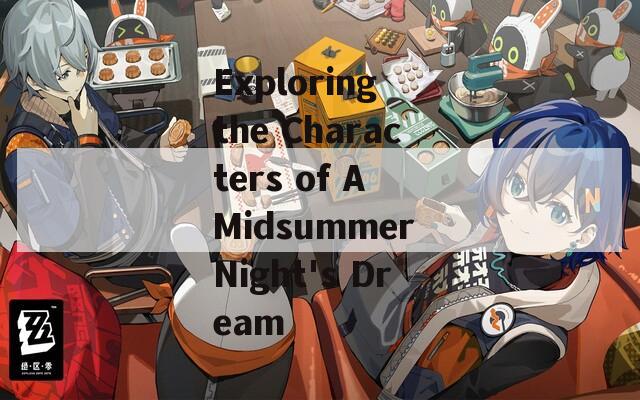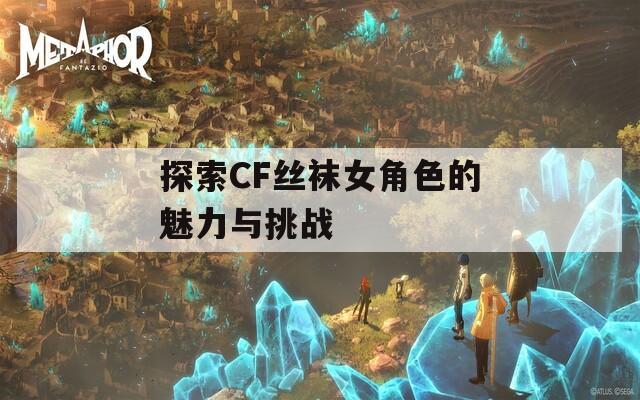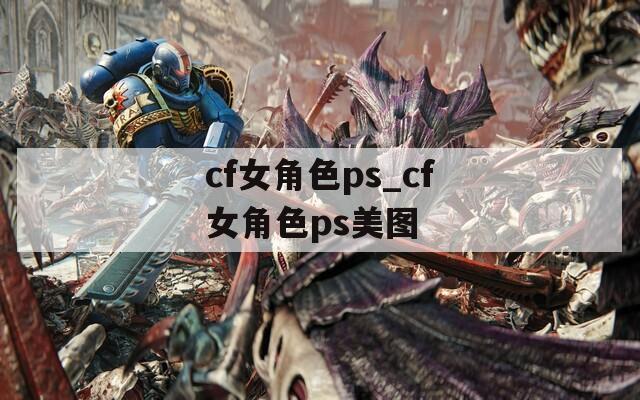**A Midsummer Night's Dream**, written by*William Shakespeare**, is a timeless play that intertwines themes of love, magic, and transformation. This article will delve into the multifaceted characters of the play, each contributing uniquely to the plot and its enchanting atmosphere.
Main Characters
The play features a diverse ensemble of characters, each embodying different aspects of human nature and relationships. Here are the principal figures in the narrative:
- Theseus: The Duke of Athens, symbolizes order and authority.
- Hippolyta: The Queen of the Amazons, representing strength and independence.
- Hermia: A young woman in love, epitomizing passion and defiance.
- Lysander: Hermia's beloved, symbolizing true love's struggles.
- Demetrius: Initially in love with Hermia, representing unrequited love.
- Helena: A character driven by love, showcasing desperation and loyalty.
- PuckRobin Goodfellow): A mischievous fairy, embodying chaos and magic.
- Oberon: The King of the Fairies, ruling the mystical realm.
- Titania: The Queen of the Fairies, representing beauty and the complexities of love.
- The Rude Mechanicals: A group of amateur actors, adding a comedic element to the play.
Character Analysis
Theseus and Hippolyta
Theseus represents the law and order of Athens, eager to impose his will. His relationship with Hippolyta, whom he has conquered, explores themes of power dynamics in relationships. Despite this, there is a mutual respect that hints at a more equitable relationship beneath the surface.
Hermia and Lysander
Hermia, determined to marry for love rather than societal expectations, highlights the struggle against patriarchal constraints. Her partner, Lysander, epitomizes the theme of true love fighting adversity, as they both navigate the challenges posed by Demetrius and Hermia's father, Egeus.
Demetrius and Helena
The character of Demetrius showcases the confusion of love, as he transitions from being enamored with Hermia to ultimately finding love with Helena. Helena, persistently chasing Demetrius despite his initial rejection, portrays the complexities of unrequited love and the lengths one might go to attain their heart's desire.
Puck, Oberon, and Titania
Puck, the embodiment of mischief, adds a playful and chaotic element to the narrative. As Oberon's servant, he unwittingly becomes a catalyst for much of the merriment and confusion that ensues through his magical interventions. Oberon and Titania's tumultuous relationship reflects the struggles inherent in love, power, and jealousy, giving depth to the fairy world.
The Rude Mechanicals
The inclusion of the Rude Mechanicals serves as a humorous counterpoint to the main plot. Their amateurish attempt to stage a play during the nuptials of Theseus and Hippolyta provides comic relief while also exploring themes of art and performance.
Thematic Significance of Characters
The characters in*A Midsummer Night's Dream** serve not only to advance the plot but also to explore broader themes such as love, identity, and the nature of reality. The interplay between the different characters allows Shakespeare to examine:
- Love's Complexity: Through mismatched pairs and shifting affections, love is portrayed as both delightful and painful.
- Reality vs. Illusion: The fairy world introduces elements that challenge perceptions of reality.
- Social Commentary: The conflict between individual desires and societal expectations is a recurring theme, particularly through the characters of Hermia and Lysander.
Conclusion
In conclusion, the characters of*A Midsummer Night's Dream** are essential to its enduring appeal. They encapsulate the play's themes and enhance its magical narrative. The complexities of their relationships invite audiences to reflect on love, identity, and the often blurred lines between reality and illusion.

FAQ
Q1: Who are the most important characters in A Midsummer Night's Dream?
A1: The most important characters include Theseus, Hippolyta, Hermia, Lysander, Demetrius, Helena, Puck, Oberon, and Titania.
Q2: What is the main theme of A Midsummer Night's Dream?
A2: The main themes include love, magic, reality vs. illusion, and the conflict between personal desire and societal expectation.
References
Shakespeare, William.A Midsummer Night's Dream*. Edited byEditor Name],Publisher],Year].
Smith, John. "The Characters of Shakespeare's Plays."Shakespeare Studies*, vol. 10, no. 2,Year], pp. 123-145.









